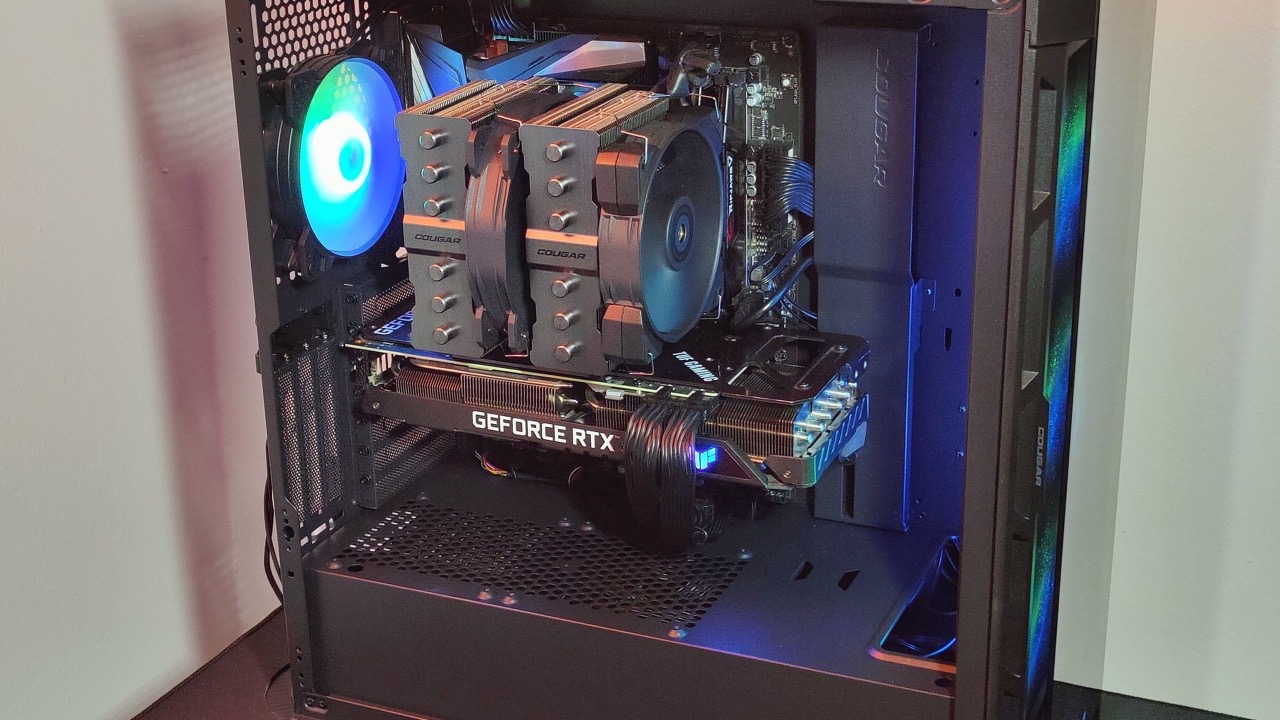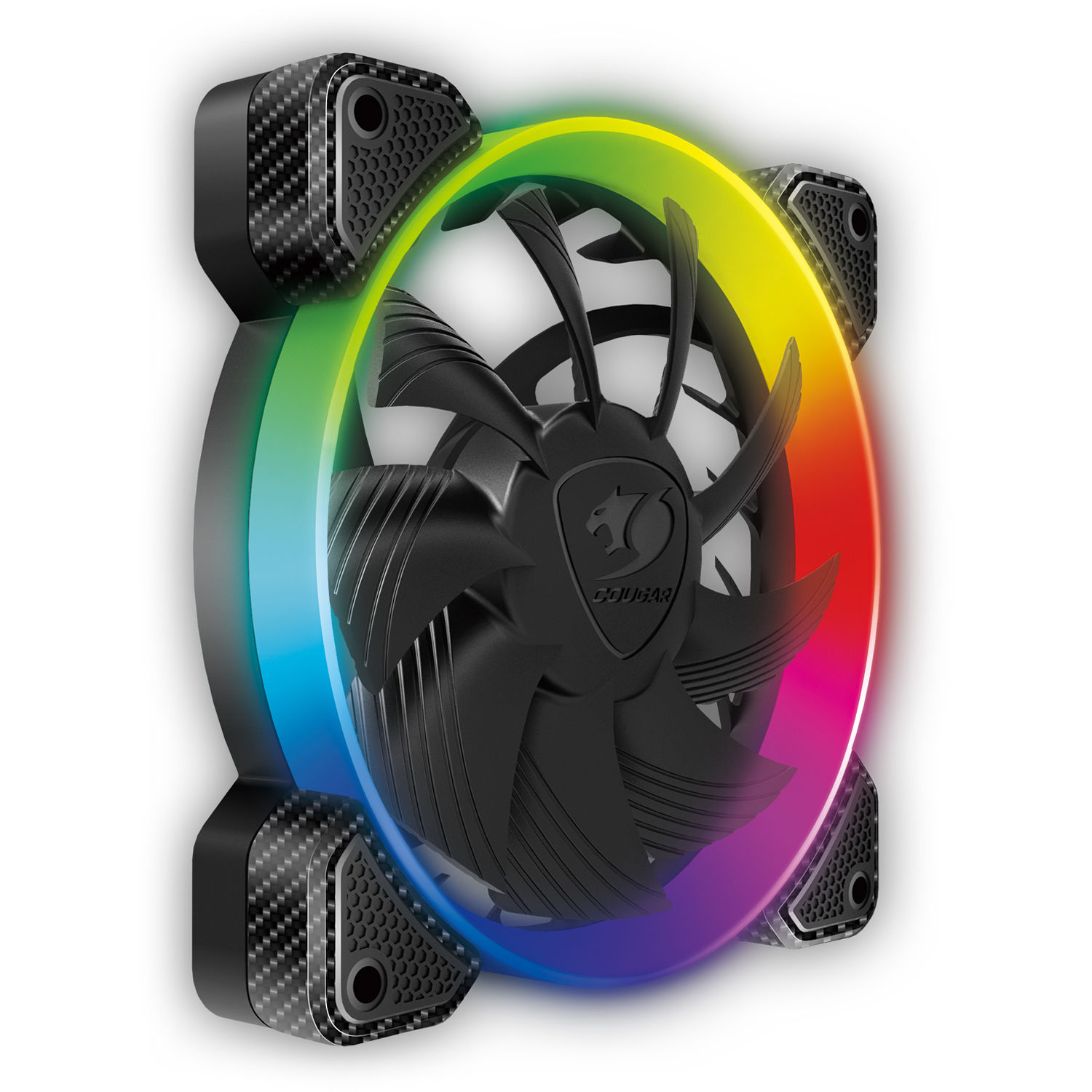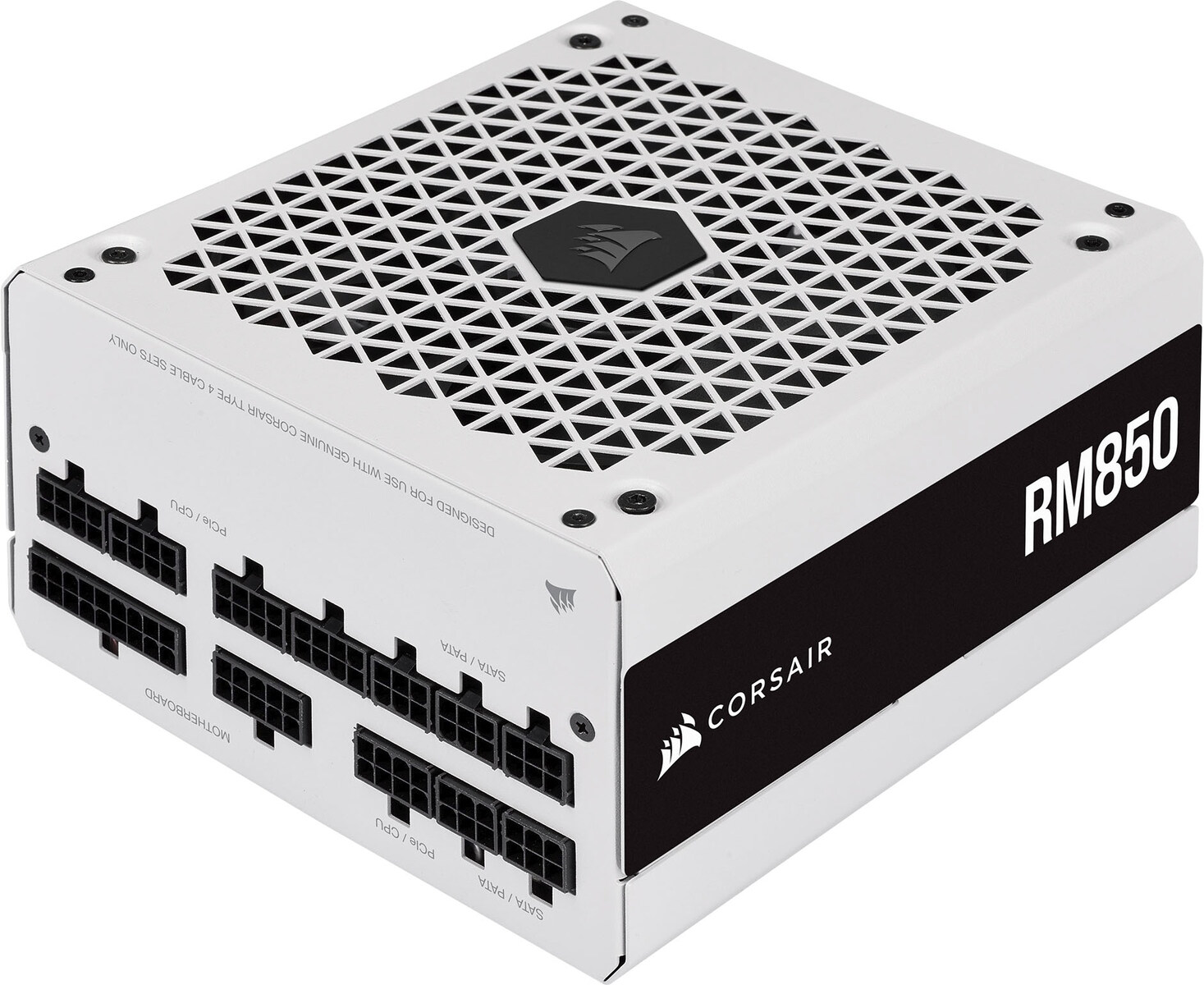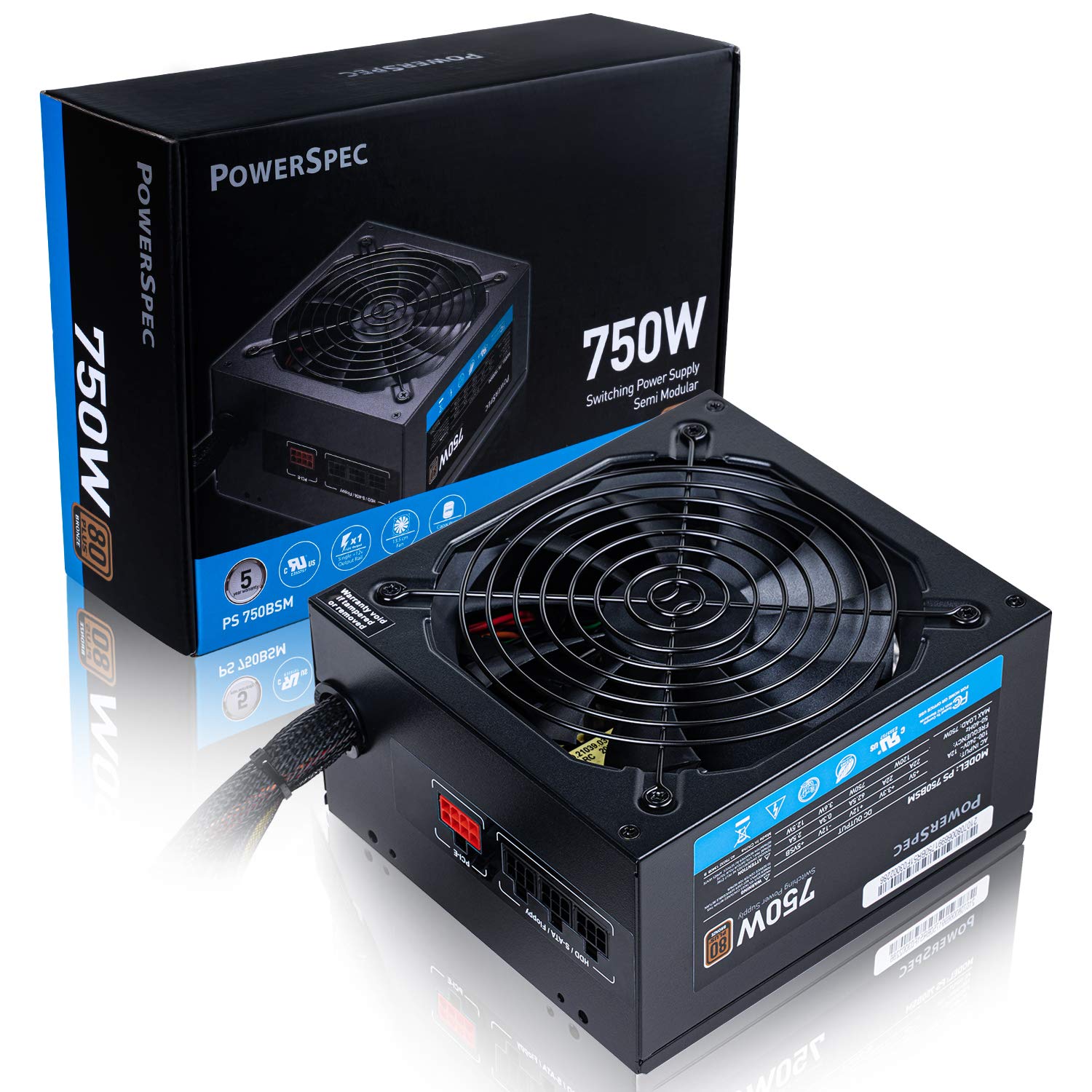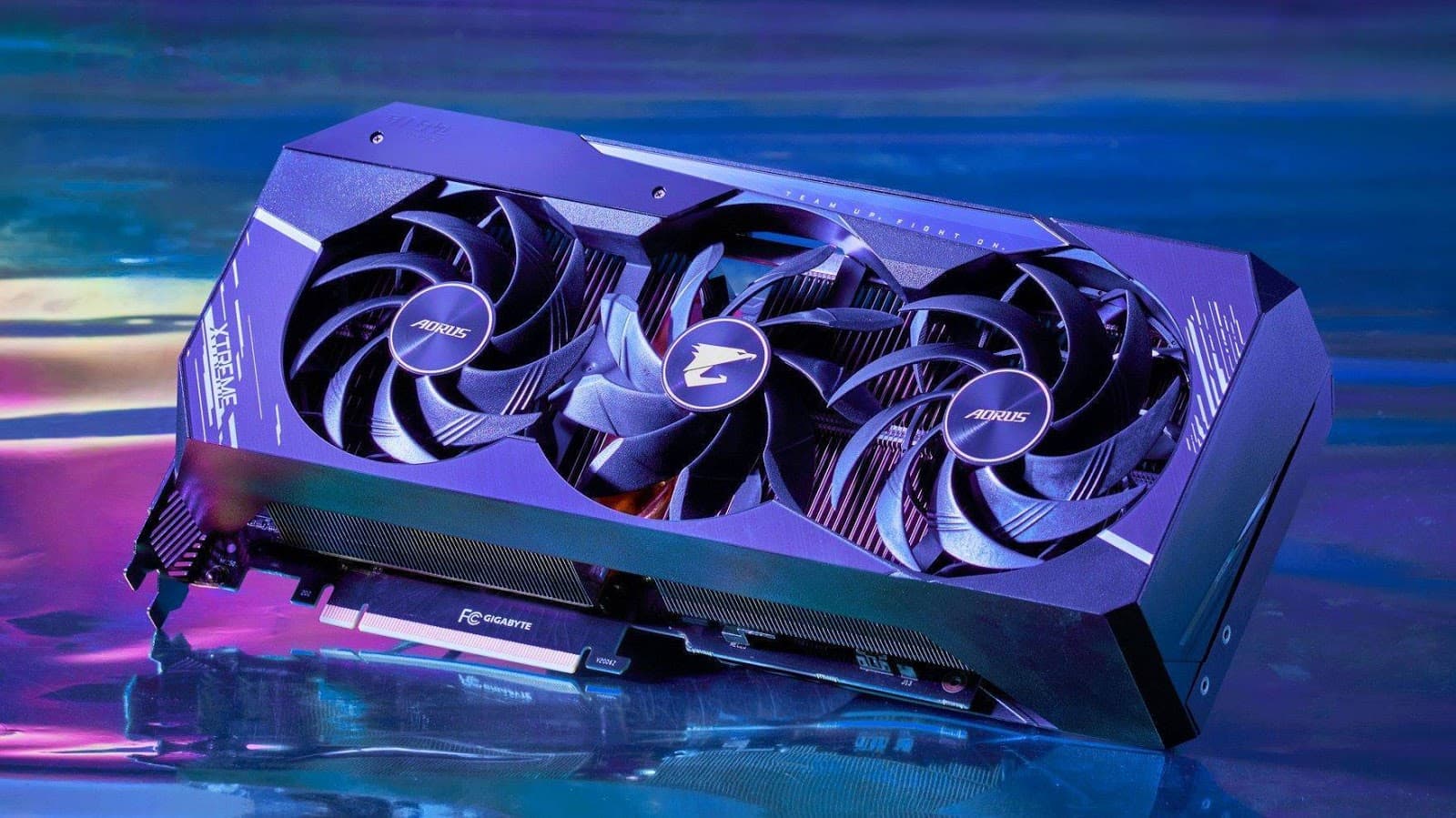Introduction
Proper fan orientation is crucial when it comes to optimizing the cooling performance of your Cougar case. Mounting your Cougar case fan in the correct direction not only ensures efficient airflow but also helps maintain optimal temperatures for your system components.
In this guide, we will explore the importance of correctly orienting your Cougar case fan and provide step-by-step instructions on how to determine the direction for mounting it. Whether you’re installing a new fan or repositioning an existing one, understanding the different methods for mounting a Cougar case fan will help you make informed decisions about your system’s cooling setup.
By the end of this guide, you’ll have a clear understanding of whether to mount your Cougar case fan as an intake or an exhaust fan, and you’ll be equipped with the knowledge to avoid common mistakes associated with fan orientation.
So, let’s dive in and discover the benefits of proper fan orientation in the dynamic world of cooling your Cougar case.
Benefits of Proper Fan Orientation
Mounting your Cougar case fan in the correct orientation offers a range of benefits for your computer system. Here are some key advantages of proper fan orientation:
- Optimized Airflow: Proper fan orientation ensures that cool air is efficiently directed towards your system components and hot air is effectively expelled. This helps maintain lower temperatures, preventing overheating and improving overall system performance.
- Reduced Noise: When fans are mounted correctly, the airflow is directed in a way that minimizes turbulence and noise. By optimizing the intake and exhaust paths, you can create a more silent computing environment.
- Extended Component Lifespan: Keeping your system components cool is crucial for their longevity. Proper fan orientation helps prevent excessive heat buildup, reducing the risk of component failures and extending the lifespan of your CPU, GPU, and other vital parts.
- Improved System Stability: Heat can negatively impact the stability and performance of your computer system. By directing airflow efficiently, proper fan orientation helps maintain stable temperatures, ensuring your system operates reliably even during demanding tasks or extended periods of use.
- Enhanced Overclocking Potential: Overclocking your CPU or GPU can boost their performance, but it also generates more heat. By correctly orienting your fans, you can effectively dissipate this additional heat, allowing you to push your components to higher clock speeds without sacrificing stability.
These benefits highlight the importance of mounting your Cougar case fan in the right direction. Now, let’s explore how to determine the correct orientation for your fan.
How to Determine the Direction for Mounting a Cougar Case Fan
Determining the direction for mounting a Cougar case fan involves understanding the airflow needs of your system. Here are the steps to help you determine the correct orientation:
- Identify the Flow Direction: Most Cougar case fans have arrows printed on the frame indicating the flow direction. These arrows represent the direction in which the fan will push or pull air. Typically, the front of the fan with the motor hub is where the air is pushed out, while the back is where air is pulled in.
- Consider the Ideal Airflow Path: In a well-designed cooling setup, cool air should be drawn into the front of the case and expelled at the back or top. This creates a smooth and efficient airflow path, reducing hotspots and improving thermal management.
- Locate Mounting Points: Identify the mounting points available in your Cougar case. These can vary depending on the model and case layout. Common mounting points include the front, rear, side, and top of the case. Refer to your Cougar case’s manual for specific information on available fan mounting locations.
- Consider Other Fans: If you have multiple fans in your Cougar case, it’s important to coordinate their orientations for optimal performance. Intake fans should be positioned to draw in cool air, while exhaust fans should expel hot air. This coordination helps create a balanced and effective airflow system.
- Work with Fan Filters: If your Cougar case has fan filters, make sure to position intake fans in front of these filters. The filters prevent dust and debris from entering your system, so it’s essential to draw in clean air through them for better system maintenance.
By following these steps, you can determine the direction for mounting your Cougar case fan based on the airflow requirements of your system. Next, we’ll discuss the two primary methods: mounting as an intake fan or an exhaust fan.
Mounting a Cougar Case Fan as an Intake Fan
Mounting a Cougar case fan as an intake fan involves positioning the fan to draw cool air into your system. Here are the steps to mount a Cougar case fan as an intake:
- Identify the Intake Locations: Determine the available intake locations in your Cougar case. These are usually located at the front or sides of the case. It’s essential to choose locations that allow for unobstructed airflow and easy access for mounting.
- Align the Fan’s Airflow Direction: Position the Cougar case fan so that the airflow direction arrow points towards the inside of the case. This ensures that the fan will blow air into the system rather than draw air out.
- Secure the Fan: Use the provided screws or mounting mechanism to securely fasten the Cougar case fan in the desired intake location. Ensure that the fan is flush against the case and there are no gaps that could cause air leakage or vibrations.
- Coordinate with Other Intake Fans: If you have multiple intake fans, stagger them along the front or sides of the case to evenly distribute airflow. This helps prevent localized hotspots and promotes efficient cooling across all system components.
- Install Dust Filters: If your Cougar case has removable dust filters, attach them to the intake locations before mounting the fans. These filters prevent dust and debris from entering your system, reducing the need for frequent cleaning and promoting better airflow.
Mounting a Cougar case fan as an intake fan is ideal for drawing cool external air into your system, especially if the case has limited airflow or the components generate significant heat. Next, we’ll explore the alternative method of mounting a Cougar case fan as an exhaust fan.
Mounting a Cougar Case Fan as an Exhaust Fan
Mounting a Cougar case fan as an exhaust fan involves positioning the fan to expel hot air from your system. Here are the steps to mount a Cougar case fan as an exhaust:
- Identify the Exhaust Locations: Determine the available exhaust locations in your Cougar case. These are usually located at the rear or top of the case. Choose locations that allow for efficient hot air expulsion and easy access for mounting.
- Align the Fan’s Airflow Direction: Position the Cougar case fan so that the airflow direction arrow points towards the outside of the case. This ensures that the fan will draw air out of the system, expelling hot air from the internal components.
- Secure the Fan: Use the provided screws or mounting mechanism to securely fasten the Cougar case fan in the desired exhaust location. Ensure that the fan is flush against the case and there are no gaps that could cause air leakage or vibrations.
- Coordinate with Other Exhaust Fans: If you have multiple exhaust fans, stagger them along the rear or top of the case to create a sequential airflow path. This facilitates efficient expulsion of hot air and helps maintain lower system temperatures.
- Consider Positive Pressure: Mounting more exhaust fans than intake fans can create a positive pressure environment inside the case. This can help prevent dust buildup by forcing air out through any small openings, minimizing the entry of external dust and debris.
Mounting a Cougar case fan as an exhaust fan is advantageous for efficiently expelling hot air from your system. It is particularly beneficial if you have high-performance components that generate significant heat or if your case has limited natural airflow. Now that you understand how to mount Cougar case fans as both intake and exhaust, let’s examine common mistakes to avoid during installation.
Common Mistakes to Avoid When Mounting a Cougar Case Fan
When mounting a Cougar case fan, it’s important to avoid common mistakes that can compromise its effectiveness and overall system cooling. Here are some mistakes to avoid:
- Incorrect Fan Orientation: Mounting the fan in the wrong direction can disrupt the airflow path and hinder cooling performance. Always double-check the airflow direction arrow and ensure it aligns with the intended intake or exhaust direction.
- Insufficient Clearance: Failing to provide enough space around the fan can restrict airflow and lead to increased noise or reduced cooling efficiency. Ensure there is adequate clearance between the fan and other components, cables, or obstructions.
- Loose or Inadequate Mounting: Improperly securing the fan can cause vibrations, noise, and poor cooling performance. Use the appropriate screws or mounting mechanisms provided with the fan to ensure it is firmly and securely attached to the case.
- Overlooking Cable Management: Poor cable management can obstruct airflow pathways and disrupt the effectiveness of the fan. Keep cables organized and routed away from the path of the fan to maintain unobstructed airflow.
- Ignoring Fan Filters: Neglecting to clean or replace fan filters can lead to clogged airflow, reduced cooling capacity, and increased dust accumulation in your system. Regularly clean or replace filters to ensure optimal performance and minimize dust buildup.
- Imbalanced Intake and Exhaust: Having an unbalanced number of intake and exhaust fans can disrupt the airflow dynamics and create inefficient cooling. Strive for a balanced airflow system by coordinating the number of intake and exhaust fans based on your system’s needs.
Avoiding these common mistakes will go a long way in maximizing the functionality and efficiency of your Cougar case fan installation. Take the time to carefully plan and execute the fan mounting process to benefit from optimal cooling for your system components.
Conclusion
Proper fan orientation is a critical factor in optimizing the cooling performance of your Cougar case. Mounting your fans in the correct direction ensures efficient airflow, reduced temperatures, improved system stability, and extended component lifespan.
By determining the direction for mounting your Cougar case fan and carefully considering intake and exhaust locations, you can create a balanced airflow system that effectively regulates temperatures and minimizes the risk of overheating.
When mounting a Cougar case fan, be mindful of common mistakes such as incorrect fan orientation, insufficient clearance, inadequate mounting, poor cable management, and neglecting fan filters. By avoiding these errors, you can ensure optimal cooling and minimize disruptions to airflow within your system.
Take the time to understand your Cougar case’s manual, identify the available intake and exhaust locations, and coordinate the orientations of multiple fans. With proper fan placement, you can achieve better thermal management, reduced system noise, improved component stability, and enhanced overclocking potential.
So, make the most of your Cougar case fans and enjoy a cool and efficient computing experience. Whether you’re a gamer, content creator, or professional user, properly orienting your Cougar case fans will help keep your system running smoothly even during demanding tasks.







